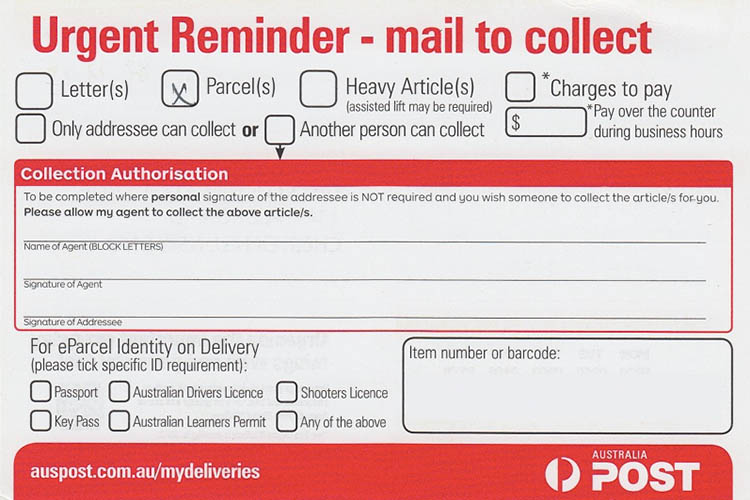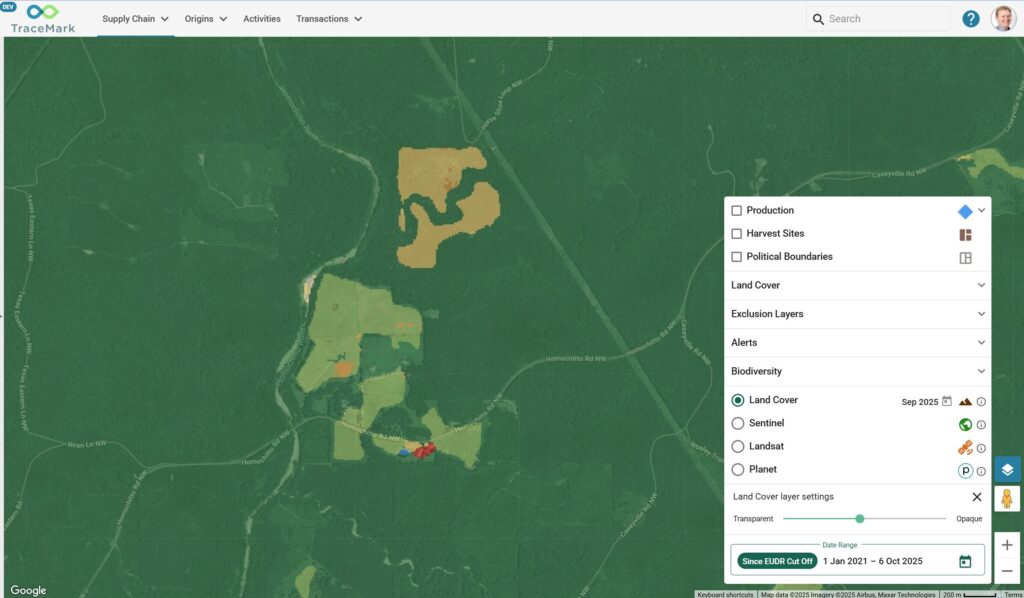Four challenges in last-mile delivery that still cost businesses money

At the recent Home Delivery Asia Pacific conference in Melbourne around 80 people gathered to discuss the challenge of the notorious “last mile”, the most complex leg of the delivery journey from sender to receiver.
Challenges around the exact location of customers – in various places in the world where standard addressing conventions might not even exist – or where architecture or local by-laws make delivery impossible – all raise the cost of bringing packages, food and services to us.
To be competitive, companies often offer free delivery and consumers are being schooled to demand this level of commitment while at the same time expectations around service reliability increase.
Four main challenges were discussed repeatedly at the conference: failed deliveries, visibility of the delivery time, driver management and change management in organisations.
Failed Deliveries
Failed deliveries are a major cost for industry: around a quarter of all deliveries fail the first time. Entire schedules collapse as drivers are forced to complete unplanned tasks. Meanwhile the customer is disappointed they didn’t receive their package on time at the correct location.
A major cause of failed deliveries is the driver was given an address he or she couldn’t find. Mistyped, non-validated addresses and the prevalence of “vanity” addresses in some cities result in drivers skipping deliveries and moving on to the next destination. In the worst case, poorly coded addresses can send drivers to the wrong suburb, wasting valuable time.
Google Maps is trying to limit the number of times addresses are input incorrectly with their new geocoding rules. Approximate address matches are no longer returned and the address validation possible in the Places API address validation makes mistyped addresses far less likely. With Places API you can use the building name, business name or point of interest to derive a valid address.
Delivery time visibility
Empowering the user with knowledge of an accurate delivery time is one of the most underused functions for delivery companies. When the recipient isn’t aware of where the driver is while on the final route to their home, it means they can’t ready themselves for their arrival. For unsigned deliveries, this has little impact, but when a technician or a food delivery is due, it is important to be at home. From the customer perspective without visibility, they have no control and must wait leaving them unable to take advantage of the wait time to be productive. If they do decide to go out at the exact time the driver arrives, it results in another failed delivery.
Simple tools like an SMS when the driver is on the way to their job can ensure the receiver is home and available. Being able to see where the driver is on a map means the receiver can perform errands outside the house, drop off the kids at school or see the neighbours without fear of missing the appointment they waited two weeks for, in short putting the customer in charge.
Using the Predictive Travel Time capabilities in Google Maps means delivery window prediction is as accurate as possible.
Driver directions
Drivers need help finding their way to locations – this challenge should have been solved already in most cases, but change management issues mean people are still going round the long way. Drivers who feel familiar with their local area tend to take routes familiar to them rather than the one suggested by their GPS unit or phone.
The ability to track and measure activity gives management and drivers the chance to review their efficiency objectively and learn where they can make improvements in delivery routes.
Change management in delivery companies
In organisations it is never simple to implement new procedures or change learned behaviours. A good case study from BC Sands’ Managing Director Mark Parsons at the conference showed how their new scheduling and routing system was well suited to their needs, but they worked hard to implement it. Key staff members needed to learn to trust the system, and slowly efficiency gains were being realised.
When implementing solutions, change management shouldn’t be underestimated as the industry has established processes run by competent people, usually over long periods of time. Digital disruption of these processes leads to change which can be daunting.
To find out more about how Google Maps can help with your transport and logistics challenges, email our Google Team.
Related Articles
Here are more related articles you may be interested in.







